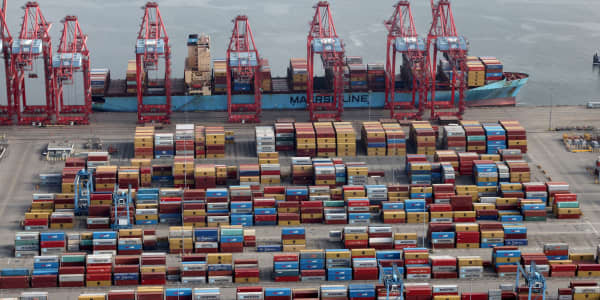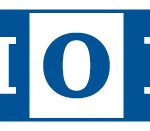Ongoing rail congestion at West Coast ports has created an opportunity for East Coast ports, container shipping companies and rail operators to enter into new trade relationships.
In January, ocean carrier Hapag Lloyd, Norfolk Southern, the Port of Virginia, and Union Pacific, collaborated in creating a triangle of trade where West Coast bound freight would be brought into the Port of Virginia and loaded onto Norfolk Southern rail cars. The containers would then be loaded onto a UP railcar in Chicago bound for the West Coast.
“At the end of the first quarter, we began to see the service develop,” said D’Andrae Larry, group vice president of international intermodal at Norfolk Southern. “Since then we’ve seen that service continually grow. So the first and foremost thing was this service was accepted by the marketplace.”
Larry said the idea originated with Hapag Lloyd, which was looking to move West Coast trade more efficiently.
“The market continues to think through ways to find optionality. We believe there are a lot of opportunities out there,” Larry said.
A Norfolk Southern freight train pulled by Locomotive 7565, a GE ES44DC Evolution Series diesel locomotive.
This service also moves containers West to East, enabling Union Pacific to move out its own containers. Pacific Northwest shippers say they have been using this new trade service because they can get their containers out of the Port of Virginia. They are also redirecting containers down to the Gulf ports.
Another innovation Norfolk Southern is using to drive more balance between imports and exports is its Dual Mission rewards program, which incentivizes truckers to drop off and pick up containers in one trip. Truckers are paid a $200 incentive each time they complete a dual mission.
“The market has accepted this program,” Larry said. “We hope to get to 50% or greater dual missions. We started in Chicago and Kansas City and saw more pickups. It is not just the impact of having more drivers show up at your terminal to move containers efficiently. This also helps reduce carbon in those markets because fewer trucks are on the road.”
Norfolk Southern
Meanwhile, the rail delays are not improving on the West Coast. Logistics managers are measuring rail delays of 12 days at the Ports of Los Angeles and Long Beach. For containers that are moved by a combination of truck and rail, delays are at 30 days. The congestion on the rails is also impacting inland rails, with delays. One logistics provider told clients the wait for a container pickup at a rail yard in Dallas is between 40-50 days. Other railyards in Kansas City and Memphis are also stacked with containers.
In an effort to relieve the gridlock at Norfolk Southern’s main terminal in Memphis, the railway has opened two lots outside of the terminal to handle as many as 2,000 ocean containers.
Larry says the congestion will spur more evolution in cross-country trade routes.
“We believe that the demand for ocean freight on the East Coast will continue to be strong, and the market will continue to look for ways to serve this demand,” said Larry. “As the market leads us to new lanes or new opportunities, we want to be there for that and continue to innovate new solutions,” he said.
Source: Hellenic Shipping News






